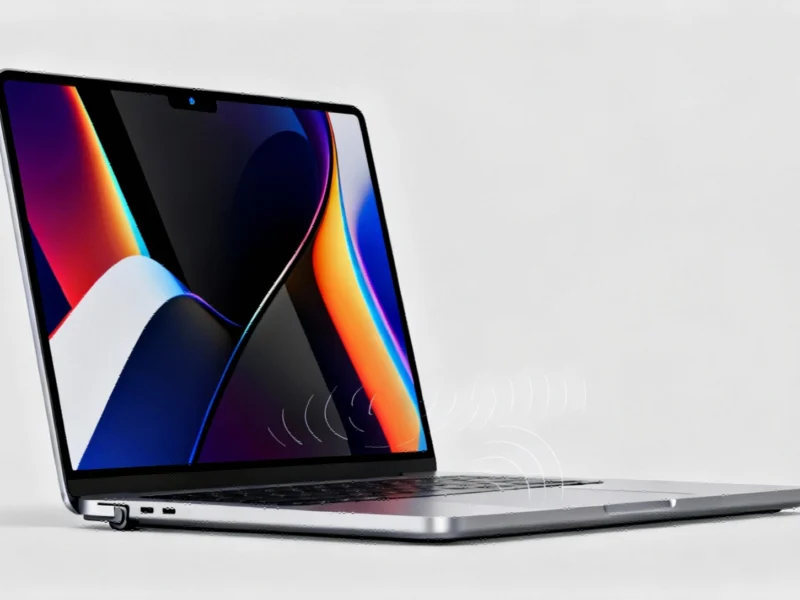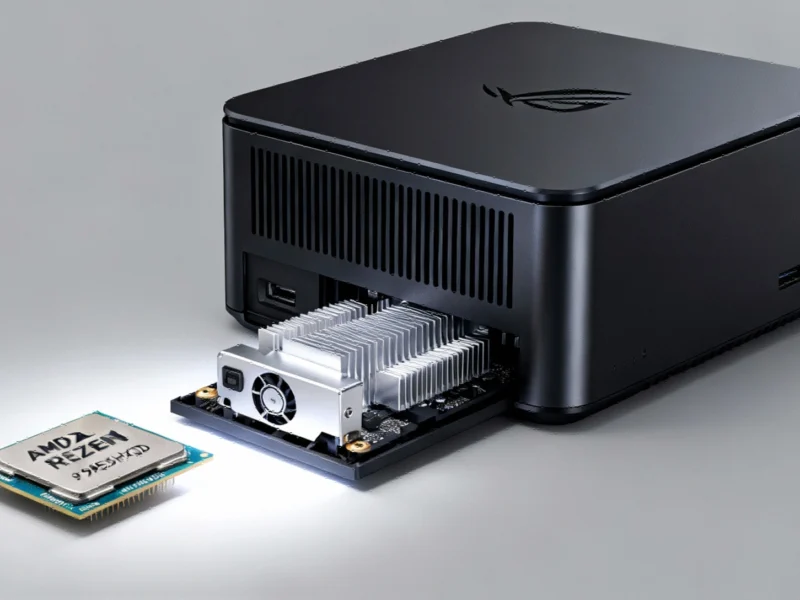Apple’s MacBook Pro lineup is reportedly poised for its most significant redesign in years, with multiple industry sources indicating a major transition to OLED displays, the introduction of touchscreen capability, and next-generation M6 chipsets arriving in 2026-2027. This comprehensive overhaul represents Apple’s boldest MacBook Pro evolution since the introduction of Apple Silicon, though these premium features are expected to command substantially higher pricing.
According to Bloomberg’s Mark Gurman, whose reporting has consistently proven reliable for Apple product forecasts, the technology giant will partially phase out mini-LED technology in favor of OLED panels for higher-end M6 MacBook Pro models. This display transition aligns with earlier reports about Apple’s display technology roadmap that suggested the company was preparing more advanced screen technologies for its professional laptop lineup.
The Notch Elimination and Design Revolution
One of the most visually striking changes involves Apple reportedly abandoning the controversial notch that has characterized recent MacBook Pro designs. Instead, sources indicate the company will adopt a punch-hole cutout similar to modern smartphones, housing the FaceTime camera while maximizing usable screen real estate. This design shift would mark Apple’s continued refinement of the display housing while maintaining the high-quality camera systems professionals demand.
The timing aligns with Apple’s typical product cycle refreshes, with the OLED M6 MacBook Pro expected to launch between late 2026 and early 2027. This extended timeline suggests Apple is investing significant engineering resources to ensure these dramatic changes meet the company’s notoriously high standards for build quality and user experience.
Touchscreen Implementation: Solving Traditional Laptop Limitations
Perhaps the most surprising development involves Apple’s apparent reversal on touchscreen MacBooks. For years, the Cupertino company maintained that touch interfaces weren’t suitable for traditional laptop form factors, often citing the “annoying screen wobble” common in Windows touchscreen laptops as a primary concern.
However, Apple’s legendary hinge engineering appears to be the key to solving this longstanding problem. The company is reportedly reinforcing the hinge mechanism to prevent the finger-bouncing and screen instability that has plagued other touchscreen laptops. This approach demonstrates Apple’s philosophy of only introducing features when they can be implemented to meet their strict usability standards, much like how other technology leaders are carefully implementing new interaction paradigms in their product roadmaps.
M6 Chipset and Manufacturing Advancements
The heart of these new machines will be Apple’s M6 chipset, which industry insiders suggest could be mass-produced on TSMC’s 2nm ‘N2’ process. This would represent the first Apple Silicon chip for the MacBook Pro line to utilize this advanced lithography, promising significant improvements in performance and power efficiency.
The transition to 2nm technology could deliver the kind of generational leap similar to previous node transitions, potentially offering better performance per watt that would complement the power demands of OLED displays and touchscreen functionality. This chipset advancement reflects the broader industry trend toward more sophisticated silicon security and capability integration across computing devices.
Tiered Product Strategy and Pricing Implications
Not all M6 MacBook Pro models will receive these premium upgrades, according to identifiers found in macOS Tahoe code. The base 14-inch model (codenamed J804) will apparently retain traditional features, while the upgraded versions (codenamed K116) will feature the OLED displays, touchscreen capability, and slimmer chassis designs.
This tiered approach suggests Apple will maintain multiple price points within the MacBook Pro lineup, with the premium models commanding significantly higher prices. The strategy allows Apple to introduce cutting-edge technologies while keeping entry-level professional machines more accessible. This product segmentation echoes approaches seen in other technology sectors where companies deploy AI and advanced features selectively across product tiers.
The anticipated price premium reflects the substantial engineering investments required for these advancements. While exact pricing remains undisclosed, industry observers expect the touchscreen OLED models to command several hundred dollars above current pricing structures, positioning them as truly premium offerings within Apple’s laptop portfolio.
Market Impact and Consumer Considerations
This proposed overhaul represents Apple’s most aggressive response to evolving laptop market trends, particularly as hybrid work environments continue to blur the lines between traditional computing and tablet functionality. The introduction of touchscreen capability, while maintaining the robust performance characteristics of the MacBook Pro, could create a new category of professional hybrid devices.
For consumers considering upgrades, the 2026-2027 timeline provides ample planning time, while the tiered product strategy means professionals will need to carefully evaluate whether the premium features justify the expected cost increase. As with any major technology transition, early adoption will come at a premium, but these innovations could eventually trickle down to more accessible models in subsequent generations.
While Apple has not officially confirmed these developments, the consistency of reporting from multiple reliable sources suggests the company is indeed preparing its most dramatic MacBook Pro transformation since the transition to Apple Silicon, potentially redefining what professionals expect from high-end mobile computing.
Based on reporting by {‘uri’: ‘wccftech.com’, ‘dataType’: ‘news’, ‘title’: ‘Wccftech’, ‘description’: ‘We bring you the latest from hardware, mobile technology and gaming industries in news, reviews, guides and more.’, ‘location’: {‘type’: ‘country’, ‘geoNamesId’: ‘6252001’, ‘label’: {‘eng’: ‘United States’}, ‘population’: 310232863, ‘lat’: 39.76, ‘long’: -98.5, ‘area’: 9629091, ‘continent’: ‘Noth America’}, ‘locationValidated’: False, ‘ranking’: {‘importanceRank’: 211894, ‘alexaGlobalRank’: 5765, ‘alexaCountryRank’: 3681}}. This article aggregates information from publicly available sources. All trademarks and copyrights belong to their respective owners.



